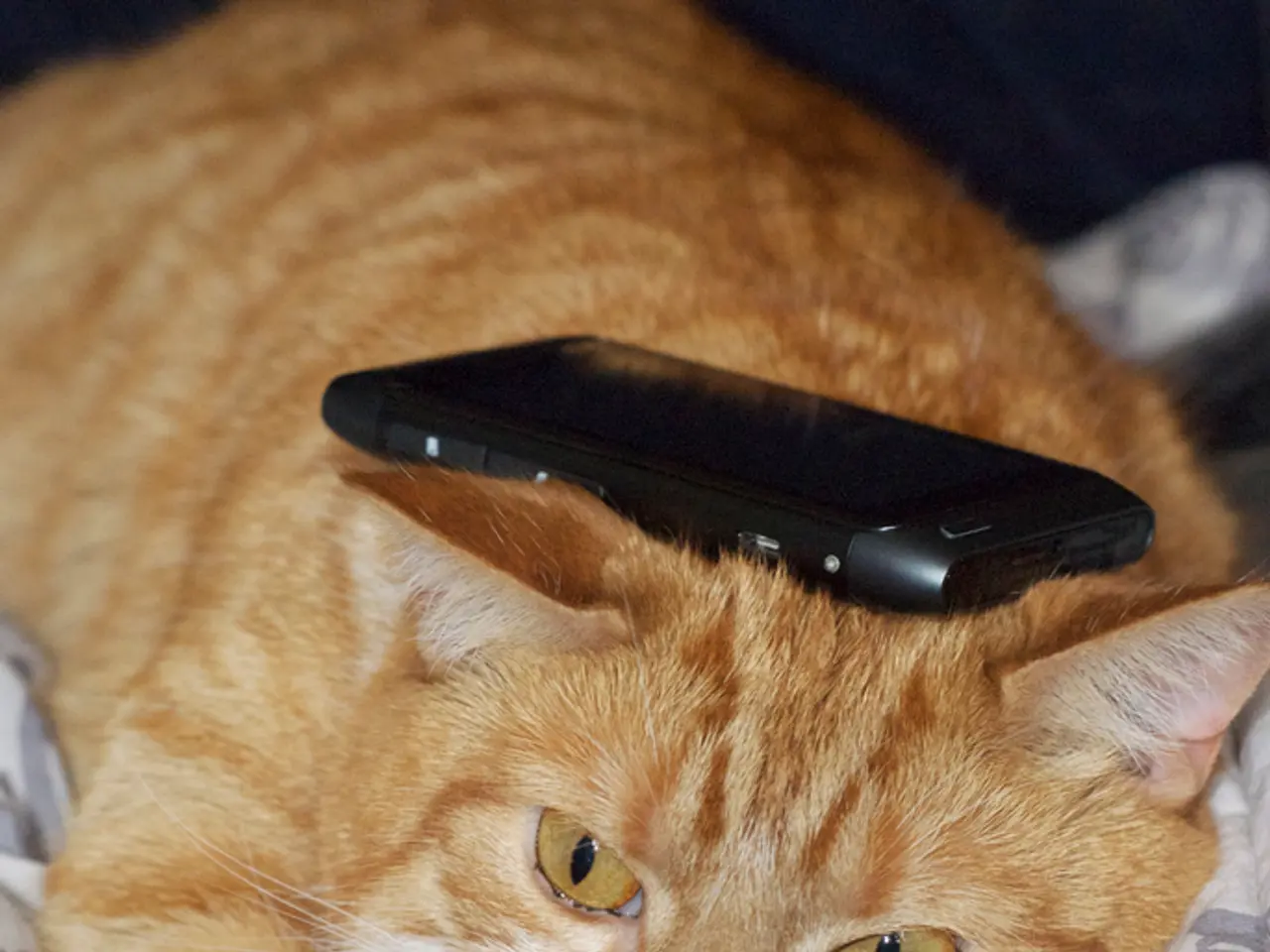Eye Disease Affecting Cats, Discussed by Veterinarians
Feline Glaucoma Explained: Spotting, Treating, and Managing the Condition in Your Cat
Meow and welcome, fellow cat lovers! Ever wondered if your feline buddy can succumb to the crippling effects of glaucoma, just like humans? Buckle up, because we're about to delve into the world of feline glaucoma—a condition that's more common than you think in our beloved Siamese and Burmese kitties.
Feline Glaucoma Demystified
Glaucoma, simply put, is an eye disease characterized by increased pressure within the eye due to a buildup of fluid called aqueous humor. Imagine a water balloon that's being overfilled—that's what's happening inside your cat's eye! This pressure wreaks havoc on the optic nerve, the path between the eye and the brain, potentially leading to blindness.
Luckily, glaucoma is quite rare in our furry friends. But at the same time, Siamese and Burmese cats are more susceptible to this eye condition, so be on the lookout!
Glaucoma should not be mixed up with cataracts. While both conditions can result in blindness, cataracts are caused by changes in the lens, whereas glaucoma is caused by the fluid buildup surrounding the lens.
Signs and Symptoms
Glaucoma can affect one or both eyes, and symptoms can vary depending on the severity of the condition. But, early signs include:
- Eye(s) reddish or swollen
- Squinting, blinking more frequently
- Discharge from the eye
- Cloudiness or changes in eye color
- Signs of painful discomfort, such as pawing at the eye(s)
If left untreated, glaucoma can progress, leading to blindness, eye enlargement, and bulging from the socket.
Causes and Risk Factors
Glaucoma in cats can fall under two main categories: primary and secondary glaucoma.
Primary glaucoma occurs due to an anomaly in the eye that obstructs fluid drainage, often genetically predisposed in Siamese and Burmese cats, though it has been reported in other breeds like Russian Blue and Domestic Shorthair cats.
Secondary glaucoma, however, occurs due to other underlying eye conditions, like eye inflammation or tumors. Other potential triggers include head trauma, lens damage, displacement of the lens, or other eye disorders.
Diagnosis and Treatment
Your veterinarian will measure the pressure within your cat's eye (intraocular pressure or IOP) using a device called a tonometer, and perform a thorough eye examination for any signs of glaucoma.
Treatment is crucial to keep your cat comfortable and preserve their vision. Glaucoma is often managed with eye drops that slow the production of aqueous humor or promote its drainage. Surgery may be necessary in severe cases, such as enucleation or the removal of the affected eye.
Living with a Cat with Glaucoma
Cats with glaucoma will require medications for the rest of their lives, so make medication time a breeze with some TLC! Try different locations for administering eye drops, offer affection beforehand, and follow with a tasty treat to create a pleasant experience.
If your cat becomes blind due to glaucoma, they can adapt surprisingly quickly to their new surroundings. Help them adjust by keeping furniture and other items in the same place and minimizing changes to their environment.
Prevention Is Key
There's no foolproof method to prevent glaucoma in cats, but regular veterinary care, especially eye exams for Siamese and Burmese cats, can help in early detection and treatment. If your cat shows any signs of eye issues, consult your veterinarian immediately.
To reduce the risk of secondary glaucoma, keep your cat indoors to protect them from trauma and infectious or inflammatory diseases that might lead to glaucoma.
Siamese and Burmese cats, although more prone to glaucoma, aren't the only ones at risk. Regular eye check-ups are essential for the overall health and vision of all cats, so keep those appointments scheduled and ensure your kitty's vision stays crystal clear!
In the realm of health and wellness, understanding medical-conditions such as feline glaucoma can provide valuable insights into potential eye-health issues that our Siamese and Burmese cats may face. This condition, which affects the eye and causes increased pressure, could have implications for mental-health as well, given that blindness might impact a cat's overall quality of life.






